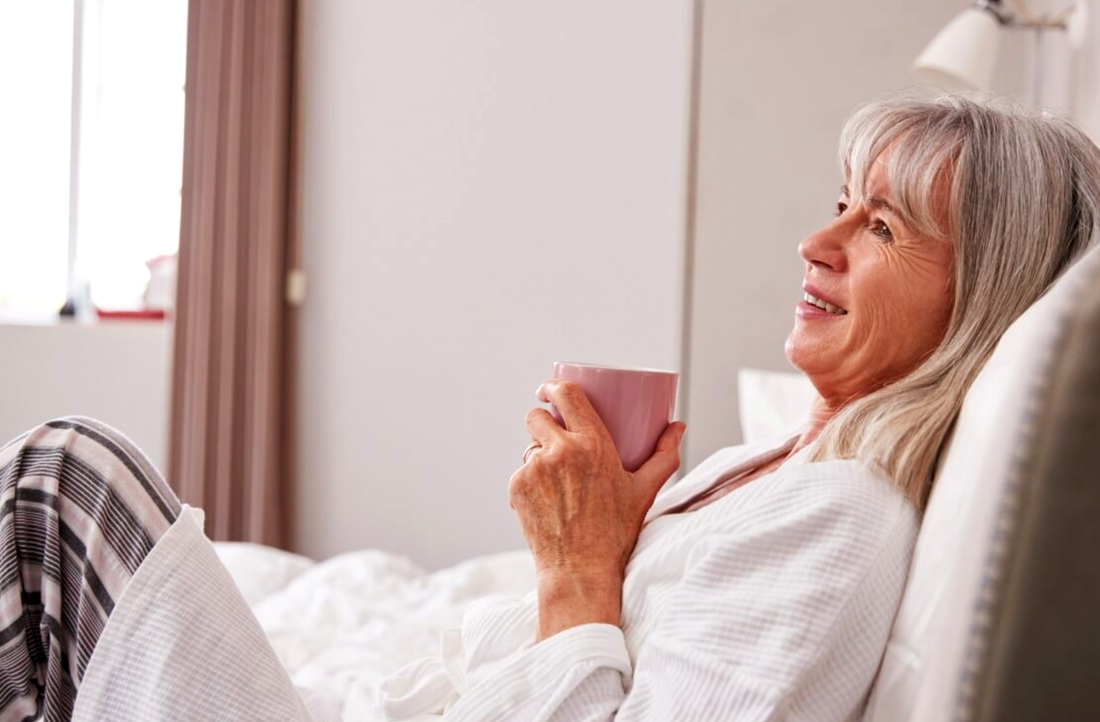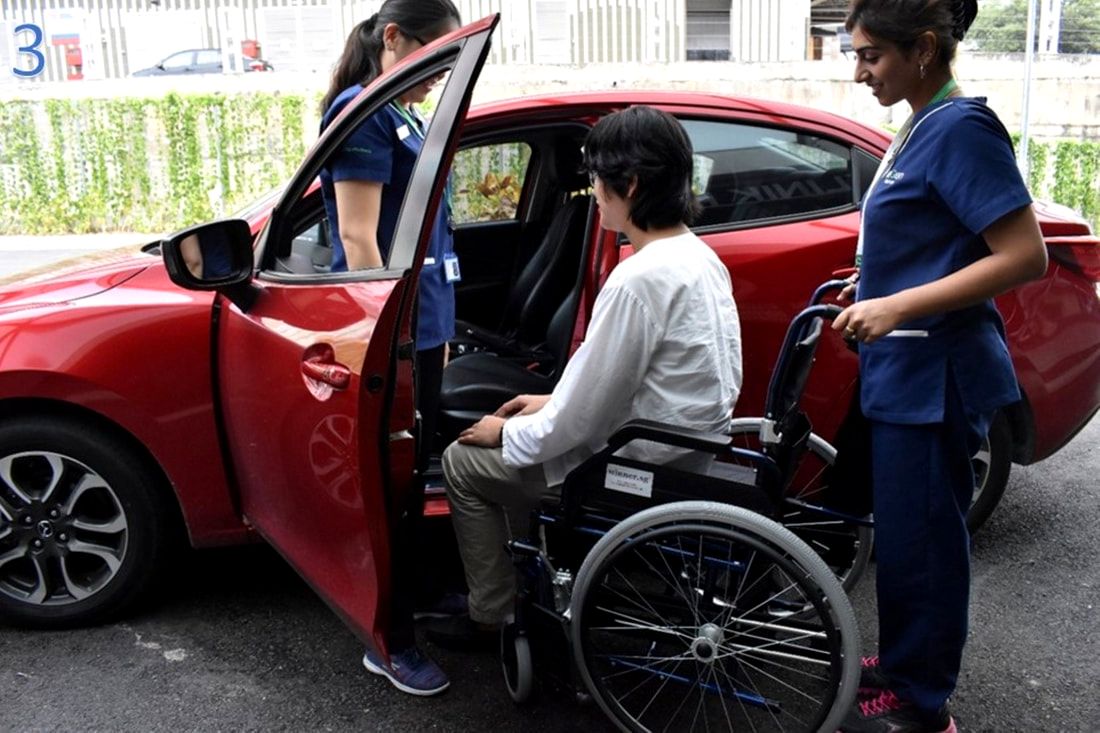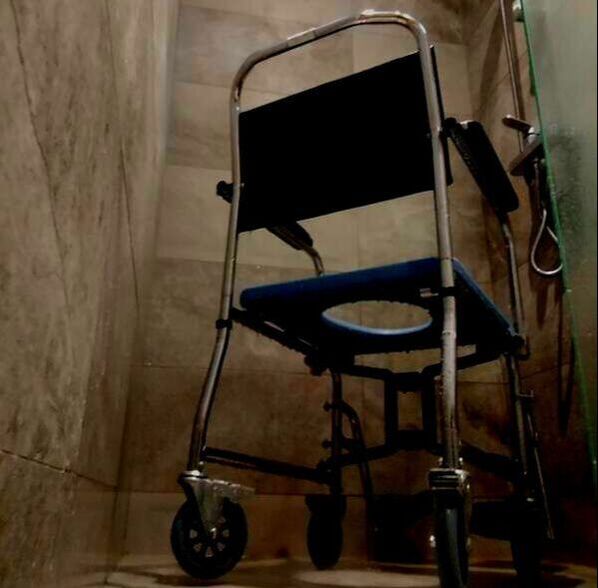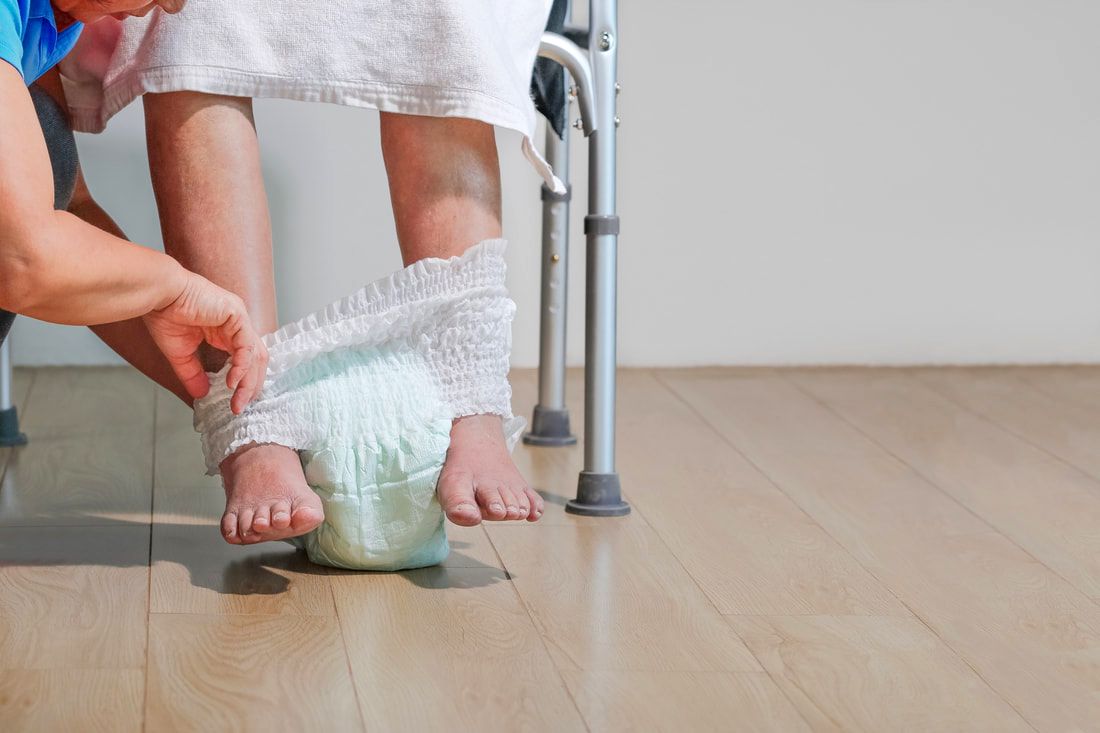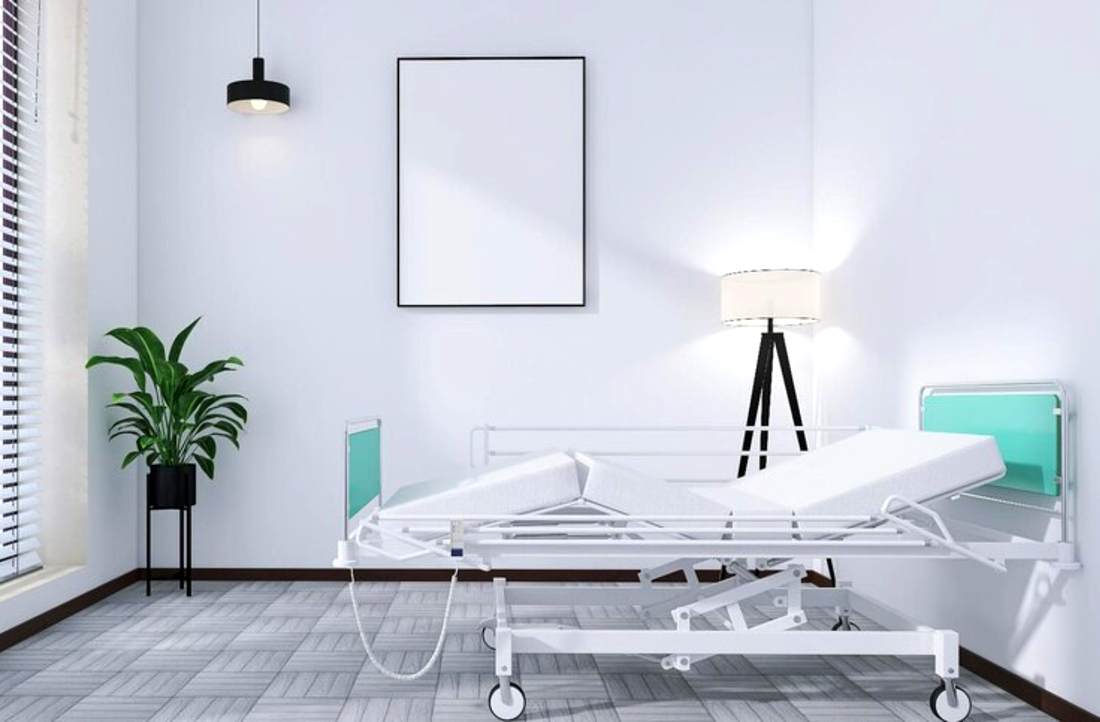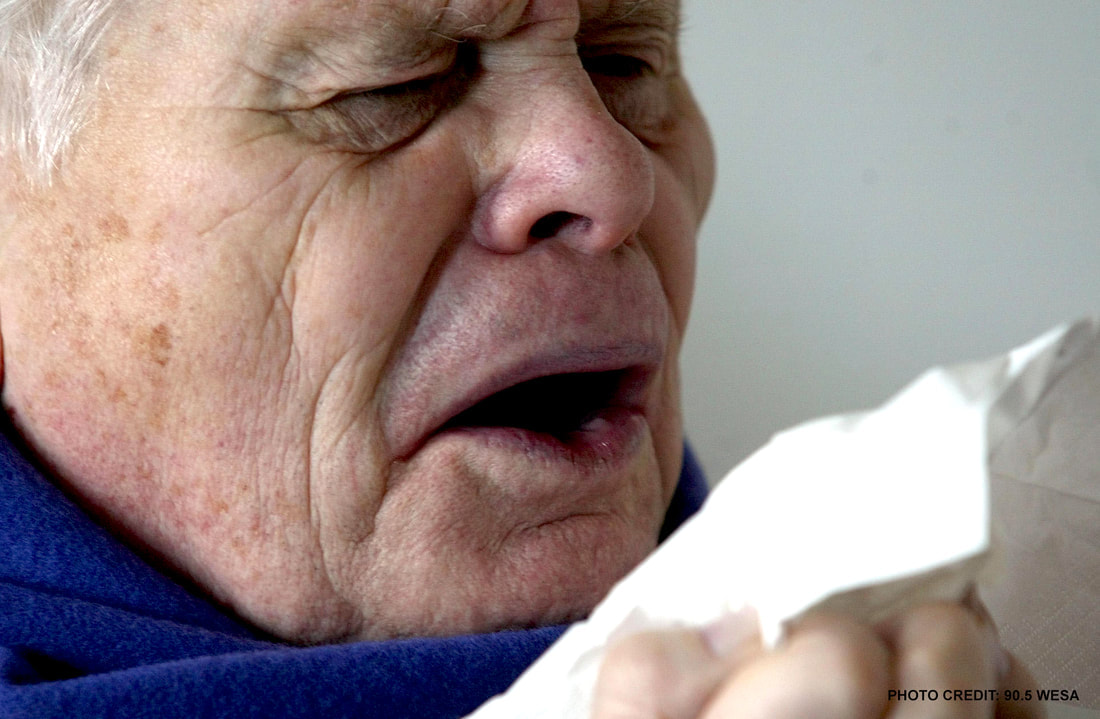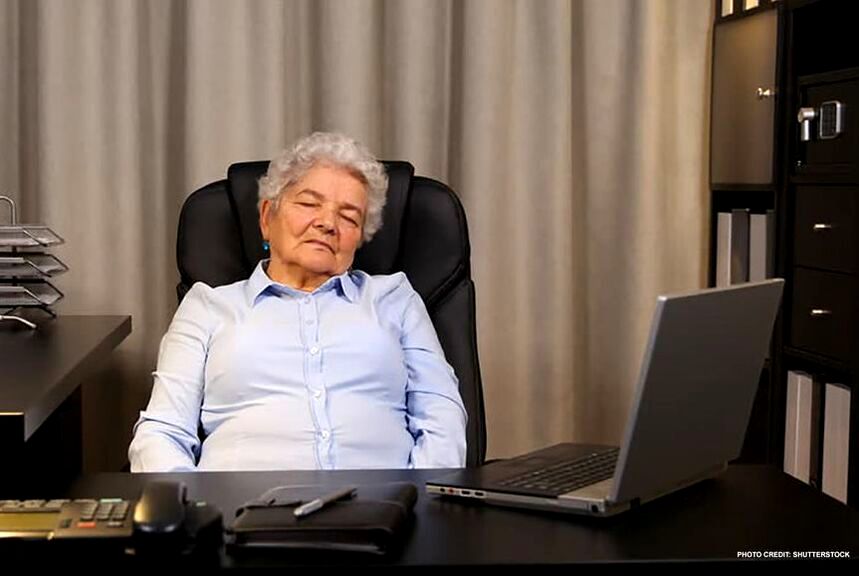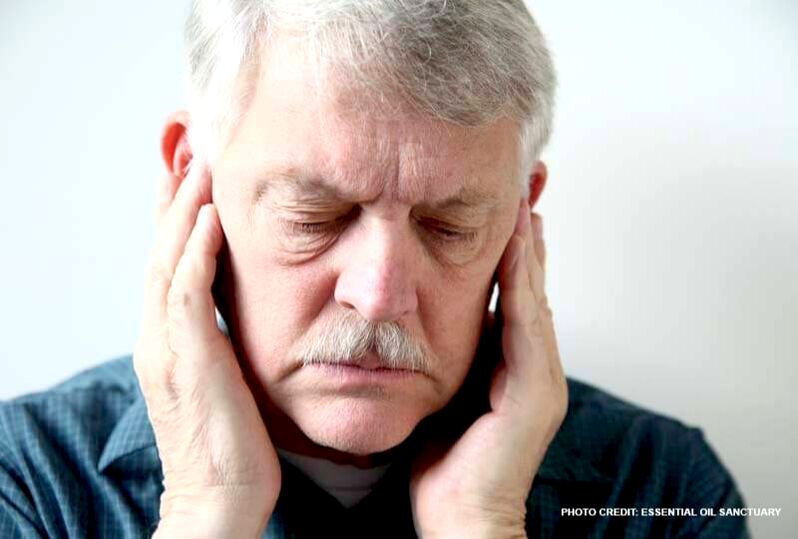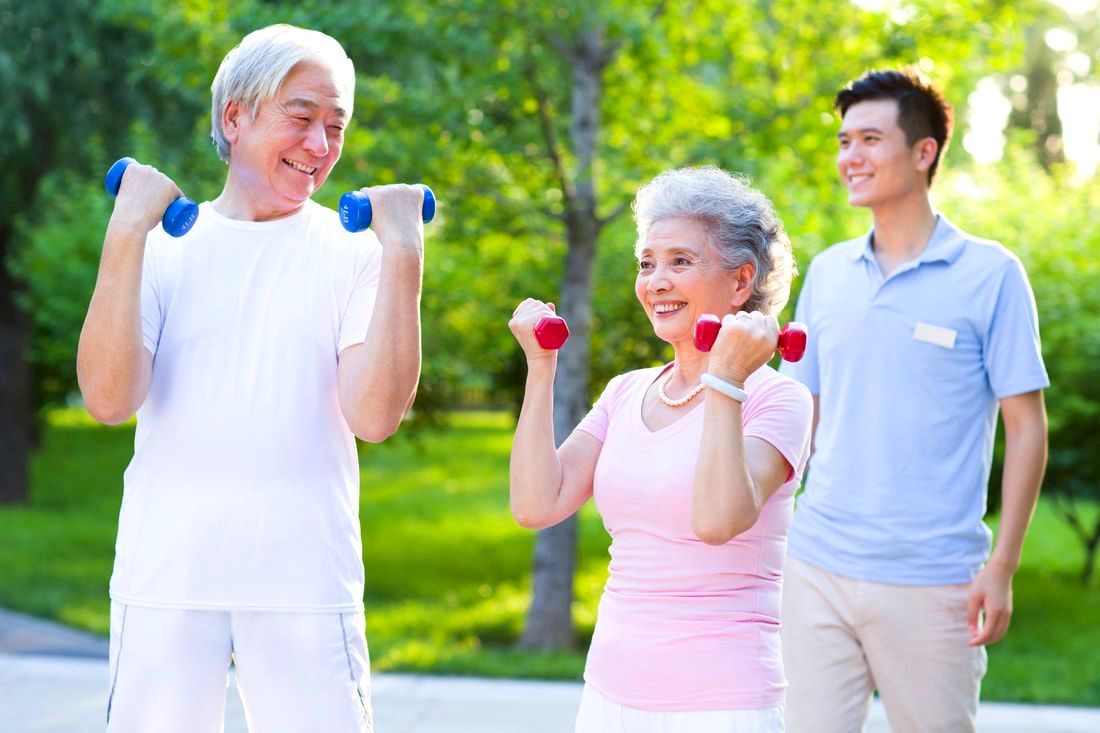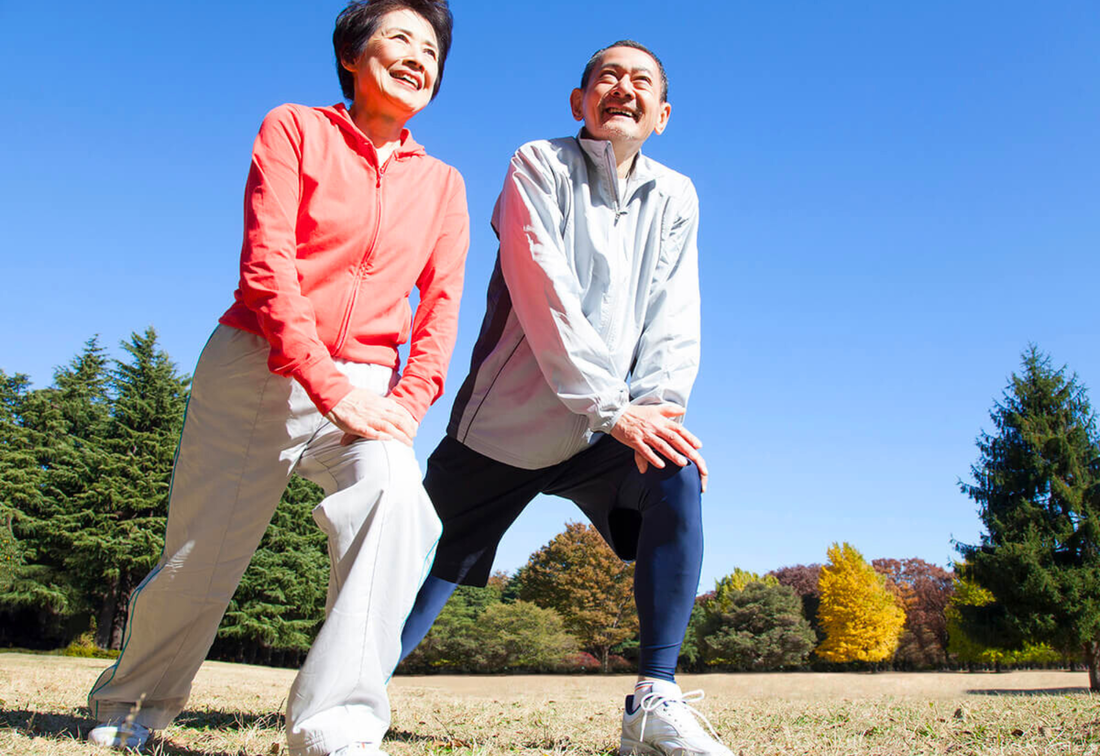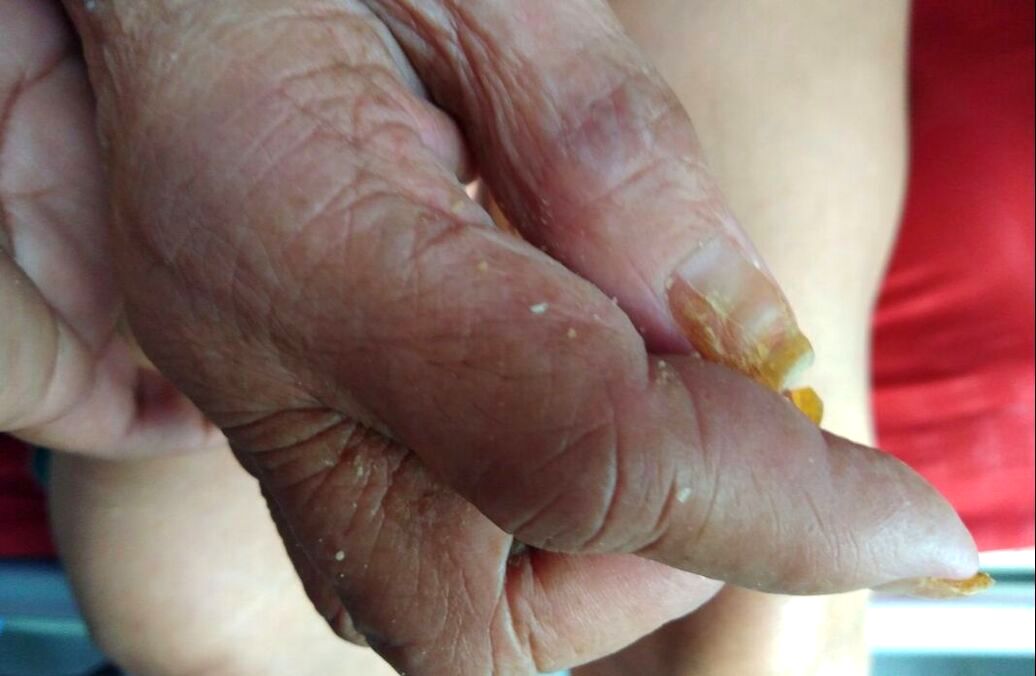An ultimate guide to mobility aids for the elderly and the disabledJanuary 31, 2020 @ 1.19pm
|
ADVERTISEMENT |
|
Walkers and walking sticks are mobility aids that are used by seniors as well as persons with limited abilities to maintain balance and stability. They provide sturdy support to allow you to get out and about without worrying about needing help, getting too tired, tripping, falling or losing your balance.
It is also an active support system for those facing difficulties:
However, if you are slower moving or if you like to stop after every step, these might not be suitable for you as they are for continuous movement and have larger wheels. Walkers are quite agile and maneuverable, and some even have brakes if you’re travelling on a gradient. Walking sticks Unlike walkers, sticks are suitable for those who have good mobility but require further stability as you lack confidence on your feet. However, it probably isn’t the best option for you if you’re struggling with your balance. There are several attributes that you need to look out when choosing the right walker or walking stick for an elderly parent.
Types of walkers 1. Anterior safety walkers This type of walker emphasizes safety and balance of a person while improving posture support as he/she is at the center of the roller. It is ideal for those with limited hand functions or limited cognizance about their surroundings. 2. Wheeled walkers Wheeled walkers do not move side to side as the wheels are at the front and are fixed. They provide easier mobility for seniors who want the least possible effort to move due to low upper body strength or endurance. It is fit to traverse uneven terrains. 3. Folding walkers This walker comes with a push-button mechanism for easy folding and storage and are suitable for seniors who travel regularly. 4. Rollators Rollators come with swivel wheels on all four legs and have hand breaks for easiest possible and greatest range of movement. Some are fitted with seats and baskets. It is ideal for paralytic conditions like polio and seniors who find it difficult to walk for long and need frequent rests. 5. Knee walkers This unique walker comes with 3 or 4 wheels and allows the user to propel themselves forward with just one leg, while the other leg can be rested on a support platform. It is ideal for seniors recovering from foot surgery, breaks, sprains, amputation and ulcers of the foot. 6. Bariatric walkers Built specially for people with large and heavy bodies, bariatric walkers also known as heavy duty walkers are extremely sturdy and durable. It is ideal for seniors with large body mass / size who require a durable walker that can handle weight. 7. Side walkers This special walker requires only one hand to use. Also known as Hemi Walker, it comes in various shapes and sizes and are foldable to make them fit for usage while traveling. It is ideal for seniors who do not entirely require a walker but need support with a wider base. 8. Standard commode walkers This special kind of walker comes with all the usual features of an ideal walker with an additional seat and offers support to sit and stand. It allows seniors to use the toilet independently without any external support. 9. Medipedic walker plain The medipedic walker is a basic walker that allows a good grip with the help of a blank handle. The aluminium frame is adjustable in height and is lightweight for easy carrying and handling. 10. Invalid step folding walker This option comes with a superior grip and sturdy design which enables seniors to lay as much weight as required. It is lightweight and can be folded for easy travel and storage. 11. Invalid commode walker with backrest This walker is ideal in maintaining the right posture and the height which can be tweaked as per need gives seniors the optimum support that is required. It also helps the patient to defecate at ease. Walking sticks External support is needed to increase the sensory input and psychological support in physical disabilities while walking. The elderly start using a walking stick because of balance and postural disorders and to prevent falling. A walking stick is the most preferred walking aid, because it is easy to use and it improves postural stability – decreasing the load on the weak side of the lower extremities. These sticks are usually held by the stronger side of the body. Here are a number of walking sticks that are commonly used: Fixed walking sticks Made from anodized aluminium, the fixed walking stick is extremely lightweight to carry around. Fitted with non-slip rubber caps, it offers excellent grip and is known for its durability. Properly used, a fixed walking stick can relieve pressure on painful joints and can improve your balance. However, when it is used incorrectly, it could result in falls and may lead to injuring other parts of the body.Walking stick with seat This walking stick made of aluminium and extremely lightweight is perfect for the elderly as it comes with an attached seat which enables the user to take frequent rest while walking. Height adjusting cane This stable cane with a slip resistant feature helps divert the pressure from the legs of old citizens onto the cane. To make sure your cane is the right height for you, stand up and relax your arms by your side. Notice the position of the bone on the outside of your wrist. The top of the handle of the walking cane should be the same height as the wrist bone. Setting the correct height will reduce pressure on your shoulders, arms and wrists. Invalid quadripod walking stick – L shape Made for those who suffer from impairment of balance, any kind of walking disorders, leg injury, stroke or chronic osteoarthritis of the knee, this L-shape stick comes with four sturdy legs at the bottom to provide extra support and balance of weight. Every leg of the walking stick is tipped with a non-marking, slip-resistant rubber cap while the ergonomically formed handle ensures a secure grip. The height of the stick may be raised or lowered to suit the user’s size and posture. Invalid quadripod walking stick – U shape A simple U-shaped stick, the U- shaped quadripod comes with 3 legs at the bottom for extensive stability while the height can be adjusted according to the patient’s. Quad cane-L A quad cane – L is like a standard cane, but it has a metal base at the bottom with four small feet covered with rubber caps that help reduce slippage. It is for those who experience weak legs after an illness or an injury, or those who have changes in their balance after an extended period of immobilization or bed rest. It provides good stability and can be used on stairs. |
EXPLORE FURTHER
Growing strong with age: How you can experience life-changing benefits with regular exercise |
Getting over retirement guiltActionable steps for a brighter outlook
|
Recent innovations in healthy ageingProactive assessment and preventive regimens for optimal health
|
|
Caring for elderly people with orthopaedic problems |

